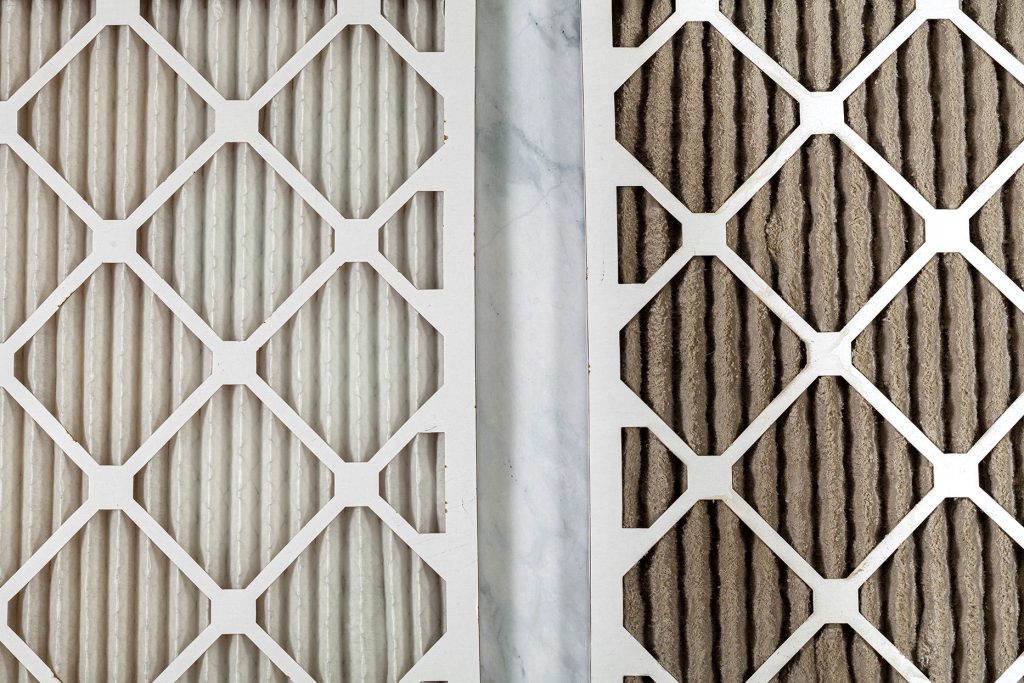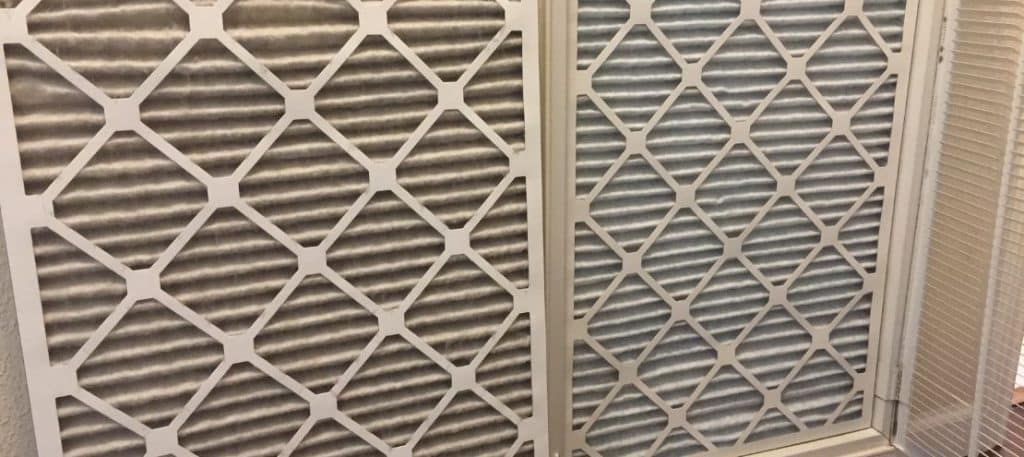In the realm of indoor air quality management, one indispensable component stands out: air filters. These humble devices play a pivotal role in trapping airborne pollutants, ensuring that the air we breathe remains clean and healthy. But amidst the hustle and bustle of daily life, it’s easy to overlook the importance of regular filter maintenance. How often should you replace your air filters? In this comprehensive guide, we delve deep into the intricacies of air filter management, providing you with the knowledge and tools to optimize your indoor air quality.
Understanding Air Filters

At the heart of every HVAC (Heating, Ventilation, and Air Conditioning) system lies the air filter—a simple yet effective tool designed to capture dust, pollen, pet dander, and other airborne particles. These filters act as the first line of defense, preventing contaminants from circulating throughout your home or office space. However, over time, the accumulation of debris can hinder their effectiveness, leading to a decline in air quality.
Frequency of Replacement
One of the most common questions regarding air filter maintenance is, “How often should I replace my filters?” While the general recommendation is every 90 days, several factors can influence this timeframe. For households with pets, smokers, or individuals with allergies, more frequent replacements may be necessary. Similarly, environments with high levels of air pollution or dust may require increased vigilance.
Signs of Replacement

Knowing when to replace your air filters is essential for maintaining optimal indoor air quality. Keep an eye out for the following telltale signs, which indicate that it’s time for a replacement:
- Reduced Airflow: If you notice a decrease in airflow from your HVAC vents, it could be a sign that your air filter is clogged and obstructing proper circulation.
- Increased Dust Accumulation: Excessive dust buildup on surfaces throughout your home may indicate that your air filter is no longer effectively capturing airborne particles.
- Musty Odors: A stale or musty odor emanating from your HVAC system could be a sign of microbial growth, which often occurs in dirty or neglected air filters.
By remaining vigilant and attuned to these warning signs, you can proactively address issues before they escalate, ensuring a healthier living environment for you and your family.
DIY Air Filter Replacement
Replacing your air filters doesn’t have to be a daunting task. With a few simple steps, you can easily swap out old filters for new ones, restoring peak performance to your HVAC system. Here’s a step-by-step guide to DIY air filter replacement:

- Turn off your HVAC system: Before starting the replacement process, be sure to turn off your heating or cooling system to prevent any accidents or damage.
- Locate the filter: Depending on your HVAC setup, the filter may be located in various places, such as the air return grille, air handler unit, or furnace. Refer to your system’s user manual for guidance.
- Remove the old filter: Carefully remove the old filter from its housing, taking note of its orientation and size for reference.
- Install the new filter: Insert the new filter into the housing, ensuring that it fits securely and aligns correctly with the airflow direction indicated on the filter frame.
- Secure the filter: Once the new filter is in place, double-check that it is properly secured and that there are no gaps or leaks around the edges.
- Turn on the HVAC system: With the new filter installed, you can now safely turn your heating or cooling system back on, enjoying improved air quality and efficiency.
Conclusion
In the quest for a healthier indoor environment, air filter maintenance emerges as a crucial pillar of success. By understanding the role of air filters, recognizing signs of replacement, and embracing DIY maintenance practices, you can take proactive steps to safeguard the air quality within your home or workplace. Remember, clean air is not just a luxury—it’s a necessity for a thriving and vibrant life.






GIPHY App Key not set. Please check settings